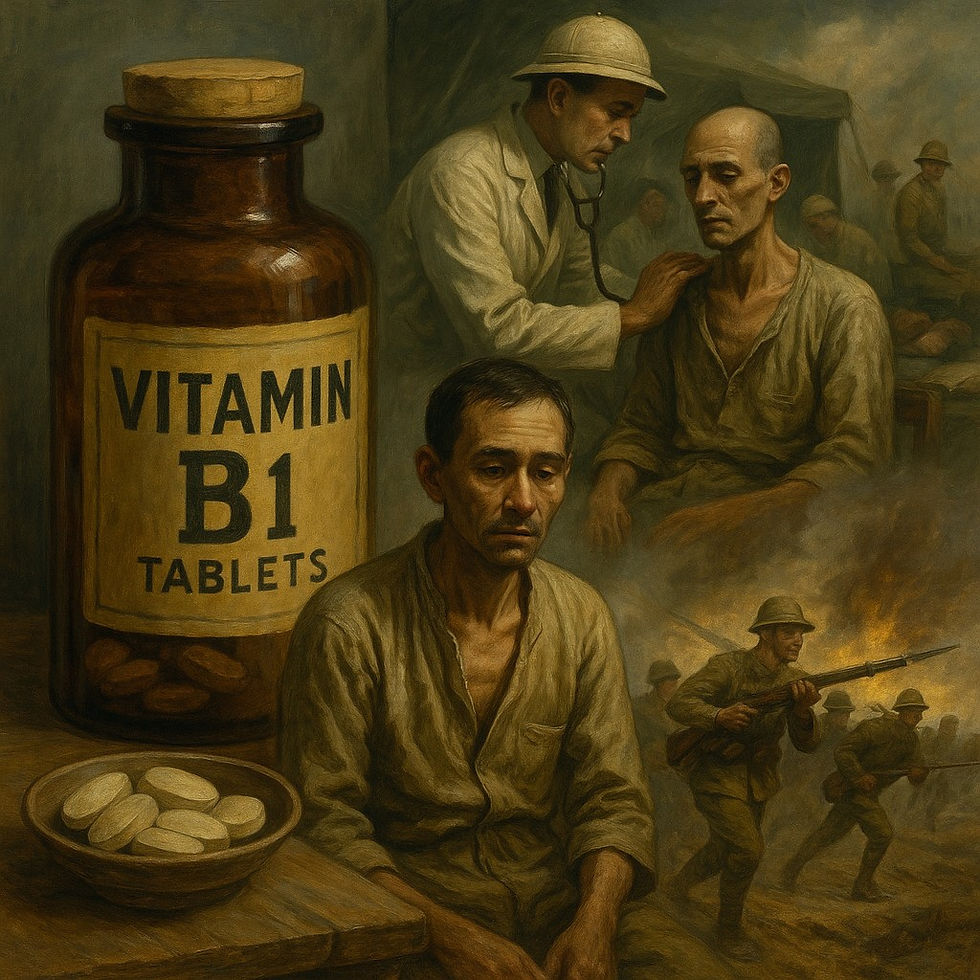Seisyu Hanaoka developed the world's first anesthetic
- linkworld5
- Nov 21, 2023
- 2 min read
Updated: Nov 20, 2024

Humans are sick. With the birth of mankind, the fight against disease has begun. And the history of civilization is not necessarily the history of medicine.
How did people start using drugs? Since history, humans have long used natural products such as minerals, animals and plants (herbs) as "medicines." He would have found a natural "medicine" while testing its efficacy, such as putting it in his mouth or hitting the affected area.
An ancient Mesopotamian clay plate dating to around 3000 BC records the world's oldest medicine.
The prescription of drugs using mineral (salt, saltpeter, clay) animal (milk, reptile skin) plants (cassia, myrtle, fir, thyme, figs, dates, etc.) was described.
However, in terms of "medicines" that are still valid today, the East is one step ahead of the West.
In China, "KOUTEIDAIKEI", the oldest medical book in China existing around 200 BC, was put together. Based on that basic principle, in the later Han era (25-220), a treatment method called "SYOUKANZATUBYOURON" was compiled. Here, so-called crude drug prescriptions such as "KAKONTOU" appear.
The first drugs brought to Japan were these crude drugs.
Chinese medicine, which has a longer history in Japan than Western medicine, was passed through the Korean Peninsula around the 6th century, and developed independently in accordance with the Japanese ethnicity and climate.
Most crude drugs are derived from Chinese medicine, but there are also some Japanese-specific drugs (Japanese medicine). For example, there is a Chinese herbal prescription such as “Jumihaidokuto”, which contains Ouhi (cherry bark), a herbal medicine unique to Japan.
The formula was invented by Seisyu Hanaoka, a surgeon from Kiikuni (Wakayama Prefecture). Hanaoka is also known for its first successful surgical removal of breast cancer under general anesthesia in 1804. The surgery used an anesthetic called "Tsusensan", which he created.
After studying in Kyoto and studying Dutch-style surgery, Hanaoka noted that Kada, a famous late Chinese doctor, invented a general anesthetic called "Mahutsusan." Although the specific prescriptions had been deleted, the combination of herbs such as Mandarake fruit, Souzu aconite, and Byakusi Tokusen led to Tsususensan.
The American dentist William.T.G.Morton was reported and honored at the International Surgeon Society in 1954 in the United States in 1954, more than 40 years before performing ether anesthesia.



Comments